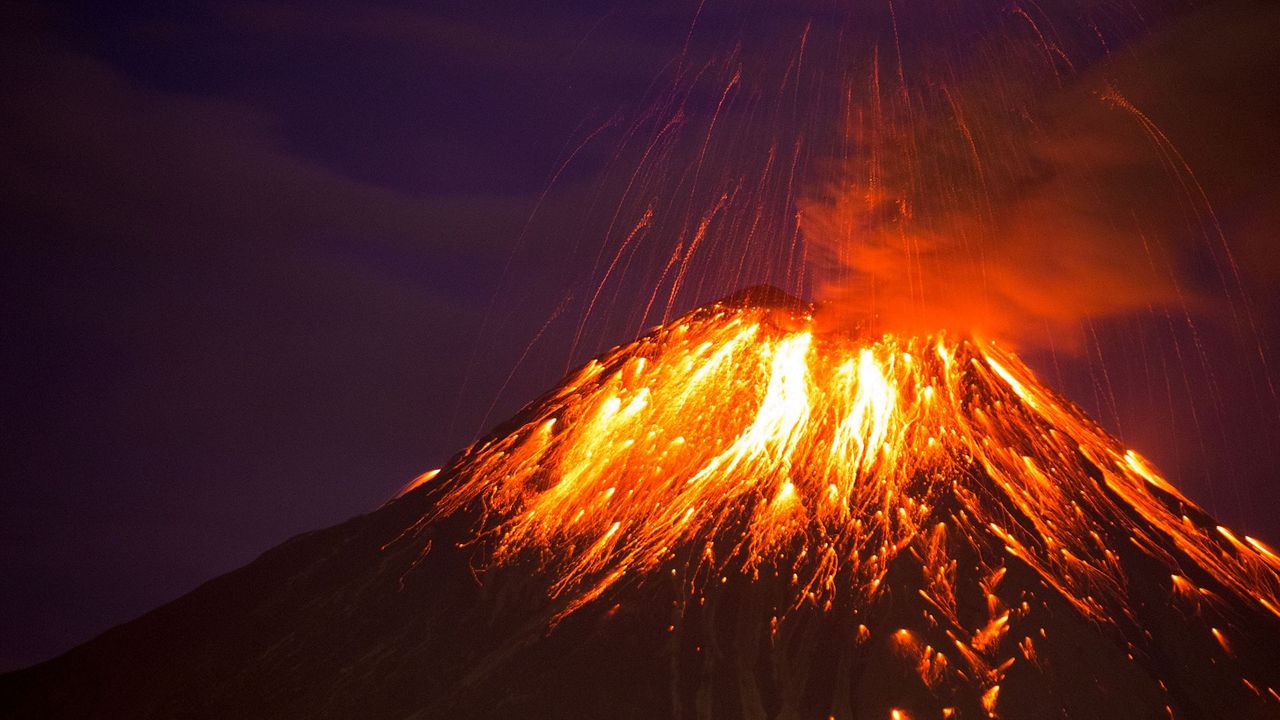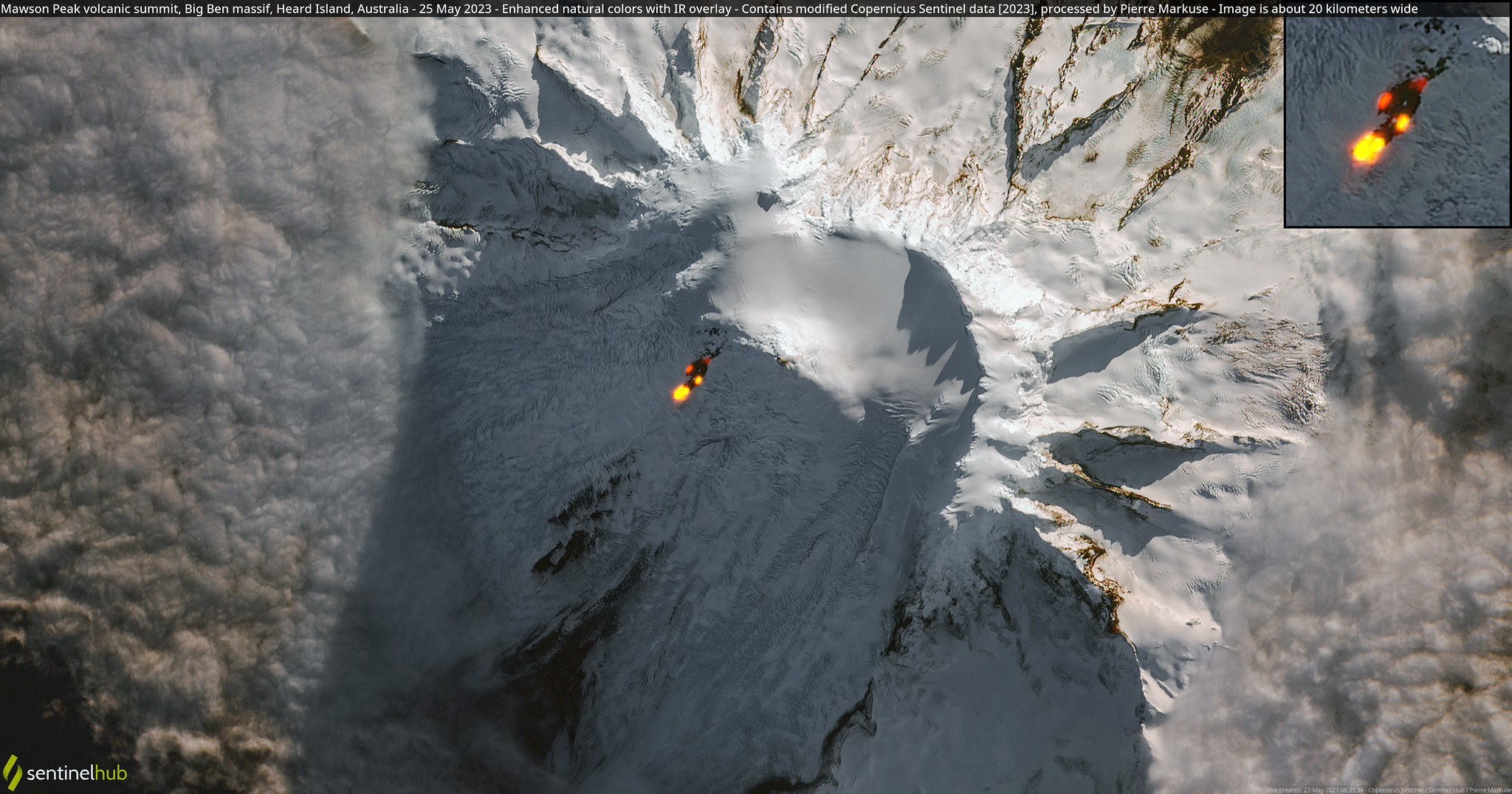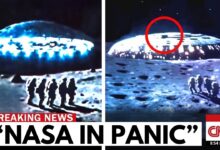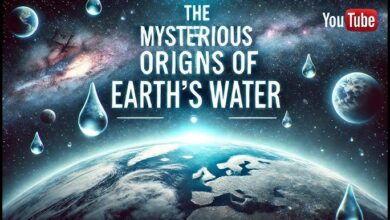2 New Massive Volcanoes Just Discovered in Australia
**About 290 million years ago**, during the early Permian period, a series of massive volcanic eruptions rocked what is now central New South Wales, Australia. During this prehistoric period, before the dinosaurs even appeared, giant volcanoes erupted. Massive magma chambers emptied in violent explosions, each reaching a Volcanic Explosivity Index (VEI) of 7 or higher, spewing tens to hundreds of cubic kilometers of ash and lava into the air.
When the volcanoes collapsed, they left behind giant craters called **calderas**, many kilometers in diameter – likened to “supervolcanoes”. After the fury, ash covered the land, lava solidified into layers of rock known today as the **Riley Volcanics**.
The once devastated land gradually cooled, and then nature restored it. Over time, sediments from inland seas and ancient swamp forests buried the calderas under layers of sand and shale, like a time machine preserving them.

Layers of coal-rich sediments continued to cover them, turning the once-fiery craters into underground fossils of a forgotten world. For nearly 290 million years, the **Barra Creek** and **Three Hills** calderas lay dormant, buried under up to 60m of rock, with no trace left on the surface – only the rolling hills and grasslands that reminded them of that violent time.
Today, thanks to modern technology, geologists have discovered the existence of these two calderas. Using geophysical survey instruments such as **seismic waves**, **magnetometers**, **gravity**, and **VTEM (electromagnetic resonance imaging)**, they mapped the ground – revealing the characteristic circular structures and depressions of collapsed calderas. These surveys revealed **at least five massive calderas** perfectly preserved in sediment – the most notable being **Barra Creek** and **Three Hills**.
The **Barra Creek** caldera, which is about 4 km wide by 4 km wide, shows signs of **silicification** – a process in which silica-rich fluids harden the rock, protecting it from erosion.
Seismic data show that the faults that control silver mineralization at the nearby Bowdens mine extend into the caldera itself. Pyrite-bearing quartz veins and oxidized minerals indicate that the site once hosted geothermal fluids containing metals.

The **Three Hills** caldera, measuring 3.5 by 3.5 kilometres, lies entirely beneath the sedimentary rocks of the Sydney Basin. There are no visible signs of it on the surface – but gravity and magnetic survey data have shown that the structure is perfectly circular. It may be the best-preserved caldera, retaining its original shape and topography – a **“natural laboratory”** that allows scientists to study ancient volcanic systems in three dimensions.
The discovery of these calderas is of great scientific and economic significance. Calderas are often the sites of **precious mineral deposits**, due to fault systems and deep heat sources that allow metal-rich fluids to settle. Many of the world’s largest gold and silver mines – from Nevada (USA) to Mexico – originated in ancient calderas.
At Barra Creek, stream sediments contain gold and silver, along with antimony—an element that occurs in epithermal gold-silver systems—suggesting significant resource potential. At Three Hills, a thin, intact mantle may have sealed the mineral veins beneath—never to leak out.
More importantly, these calderas are helping to shed light on the geological history of the **Lachlan Orogen**, where ancient volcanic arcs collided to create the current continental structure. What was once considered boring sediment is now known to **hide the mysteries of supercontinental-sized volcanoes**.
Standing on a quiet hill near Riley today, it’s hard to imagine that beneath your feet are **giant volcanic craters** that erupted when the continents were still merging. A forgotten world, now rediscovered by modern science – not only tells the story of the early Earth, but also opens up hope for **new resources for the future**.








